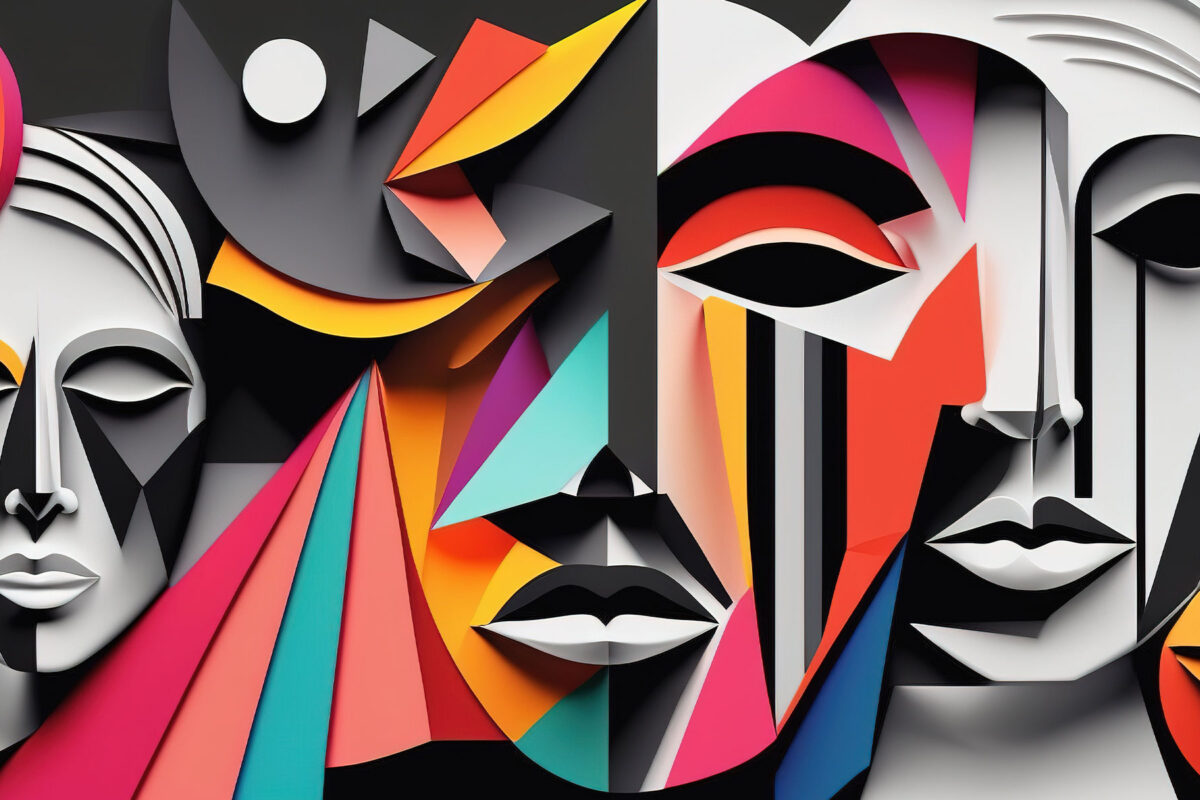Artificial Intelligence (AI) is no longer a futuristic concept—it’s shaping the present and redefining the way businesses connect with consumers. In 2025, AI-driven strategies will be at the forefront of digital marketing, making campaigns more personalized, efficient, and data-driven. Here are five AI trends that every marketer should watch to stay ahead of the competition.
1. Hyper-Personalization at Scale
AI-powered algorithms are advancing rapidly, allowing brands to hyper-personalize content, emails, and product recommendations based on real-time user behavior. Predictive analytics will make it easier to anticipate customer needs, creating highly targeted marketing campaigns that boost engagement and conversions. Tools like AI-driven CRM systems and chatbots will play a crucial role in delivering tailored customer experiences.
2. AI-Generated Content and SEO Optimization
With the rise of tools like ChatGPT, Jasper, and Copy.ai, AI-generated content is becoming more sophisticated. Marketers will leverage AI to create high-quality blog posts, product descriptions, and social media updates at scale. Additionally, AI-driven SEO tools will analyze search trends, optimize content for featured snippets, and enhance website rankings through intelligent keyword suggestions.
3. Visual and Voice Search Revolution
As voice assistants like Alexa, Siri, and Google Assistant become more prevalent, optimizing content for voice search will be crucial. AI-driven search algorithms will favor conversational, long-tail keywords and question-based queries. Similarly, image recognition technology will transform e-commerce, allowing users to search for products simply by uploading photos, making visual search an essential part of digital marketing strategies.
4. AI-Powered Video Marketing
Video remains the most engaging content format, and AI is set to revolutionize its production and distribution. AI-driven video editing tools will automate the creation of dynamic, interactive videos tailored to different audience segments. Personalized video marketing will increase viewer retention and conversion rates, while AI-powered analytics will track performance and optimize campaigns in real time.
5. Ethical AI and Consumer Trust
As AI takes over more marketing functions, ethical considerations will become a top priority. Consumers are increasingly aware of data privacy issues, and brands that use AI transparently will gain a competitive edge. Implementing ethical AI practices, such as responsible data collection and bias-free algorithms, will help maintain trust and compliance with evolving regulations like GDPR and CCPA.
Conclusion
AI is revolutionizing digital marketing, and staying ahead of these trends will be critical for success in 2025. Brands that embrace hyper-personalization, AI-generated content, voice and visual search, AI-powered video marketing, and ethical AI practices will dominate the digital landscape. Are you ready to integrate AI into your marketing strategy? The time to start is now!





